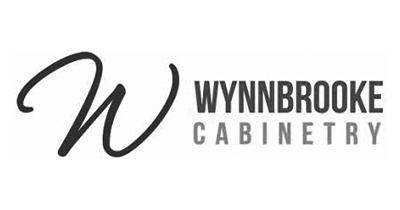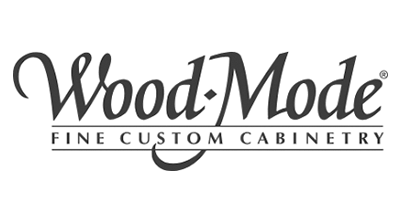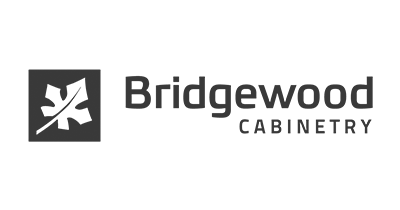"Working with Caruso Kitchens was such a pleasure! Everyone we interacted with was extremely professional, courteous and knowledgeable. They have a true gift for listening to the client's needs, being able to transform the space into something visually stunning and make it functional as well. We could not be happier!"
Runnergirl86
"We chose Caruso Kitchens for a complete kitchen redesign and remodel. Jared was very knowledgeable and committed to our project from day 1. He was responsive to questions and concerns and we never felt pressured to make decisions before we were ready. He stayed with us through the entire project and acted as a liason for us with countertops and cabinet installers. We highly recommend him (and Caruso Kitchens) for your remodel."
Tessa Henderson
"We are really pleased with our new kitchen. Thank you for all of your suggestions and hard work putting it all together. We want you to know that we were also pleased with the quality of workmanship which went into the whole installation."
Dick & Millie Marshall
Are You Ready for a Caruso Kitchen Design?
Our experienced designers are here to help bring your ideas to life.
Locations
Lakewood Location:
9138 West 6th Avenue
Lakewood, CO 80215
(303) 548-2436
Monday - Friday, 9am - 5pm.
Louisville Location:
901 Front Street
Suite 130
Louisville, CO 80027
(720)-487-9546
By Appointment Only
Subscribe
Need some inspiration? Subscribe to our monthly e-newsletter.
From Our Blog
- © 2025 Caruso Kitchen Designs.
- Privacy Policy









